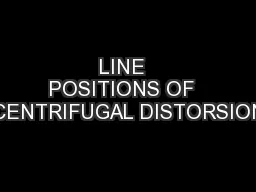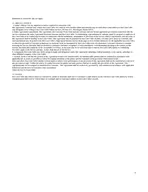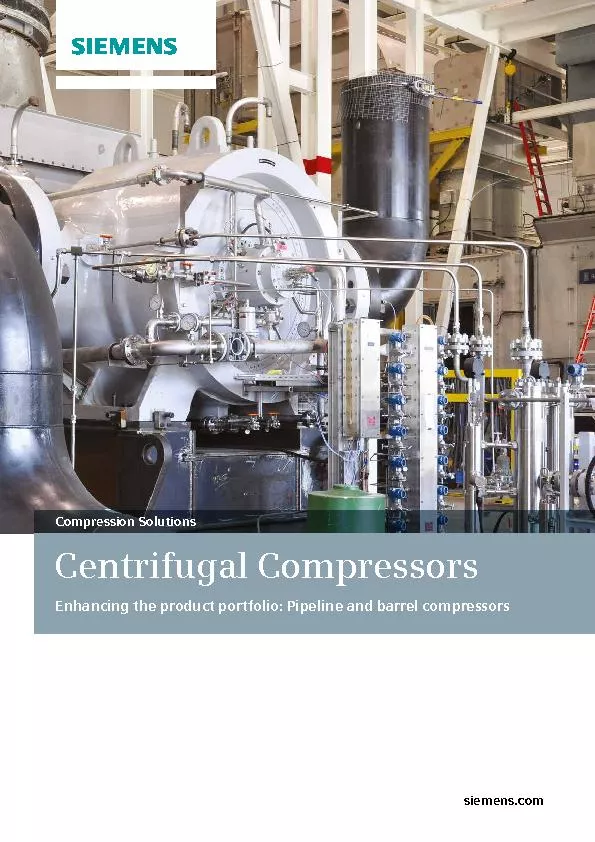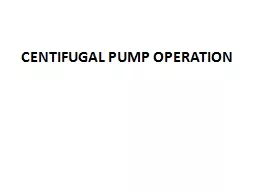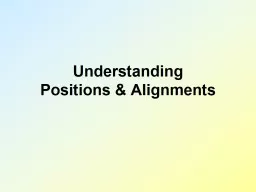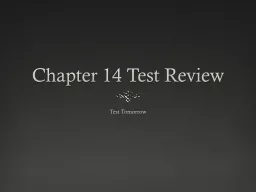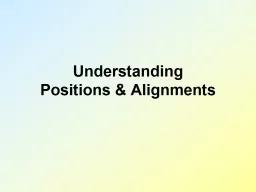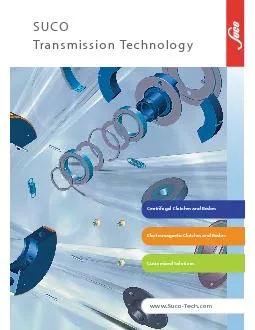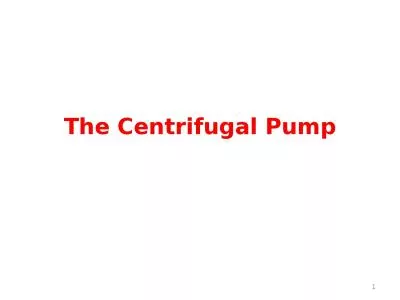PPT-LINE POSITIONS OF CENTRIFUGAL DISTORSION
Author : conchita-marotz | Published Date : 2018-02-20
INDUCED ROTATIONAL TRANSITIONS OF METHANE MEASURED UP TO 26 THz AT SUBMHz ACCURACY WITH A cwTHz PHOTOMIXING SPECTROMETER Cédric BRAY 1 Arnaud CUISSET 1
Presentation Embed Code
Download Presentation
Download Presentation The PPT/PDF document "LINE POSITIONS OF CENTRIFUGAL DISTORSI..." is the property of its rightful owner. Permission is granted to download and print the materials on this website for personal, non-commercial use only, and to display it on your personal computer provided you do not modify the materials and that you retain all copyright notices contained in the materials. By downloading content from our website, you accept the terms of this agreement.
LINE POSITIONS OF CENTRIFUGAL DISTORSION: Transcript
Download Rules Of Document
"LINE POSITIONS OF CENTRIFUGAL DISTORSION"The content belongs to its owner. You may download and print it for personal use, without modification, and keep all copyright notices. By downloading, you agree to these terms.
Related Documents

